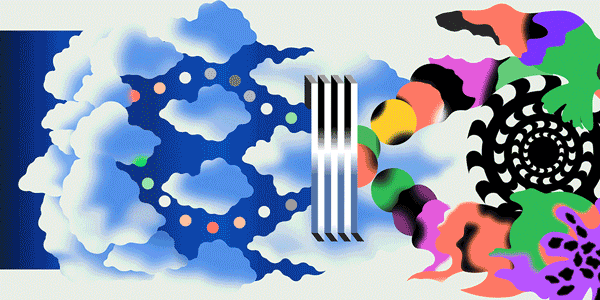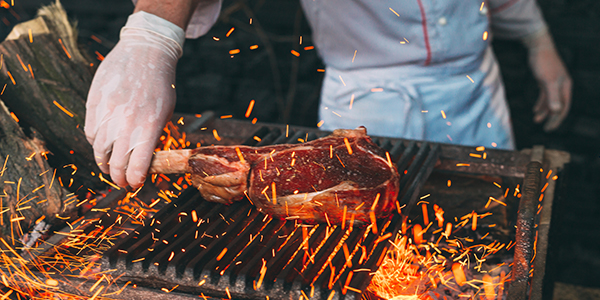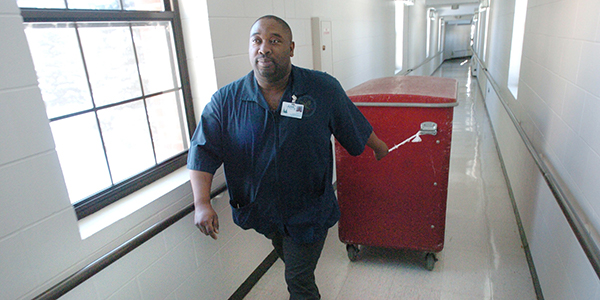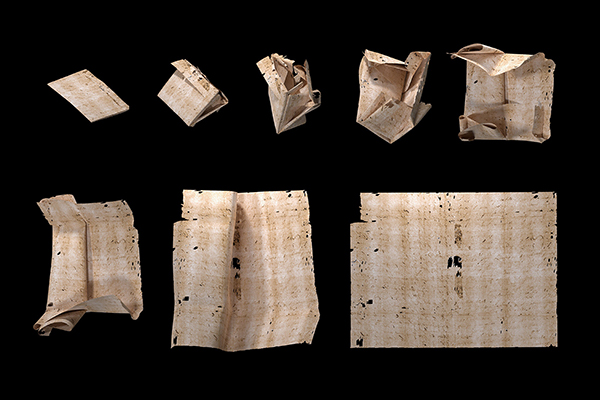
Psychedelics open a new window on the mechanisms of perception
By Anil Ananthaswamy Some neuroscientists think psychedelic drugs and the hallucinations they induce could help reveal how the brain generates our perceptions of the world around us — and of ourselves. Read more.

Sizzling science: How to grill a flavorful steak
By Bob Holmes Want to learn how cooking transforms beef’s flavor? Meat scientists have the answers. Read more.

The great sleep divide
By Katherine Ellison Sleep deficits are robbing poor people and racial minorities of health and earning power. What can be done? Read more.
What we're reading
Consider the gulls Seagulls are notorious nuisances, with nicknames like sky rats, dump ducks and beach chickens. But the birds are both intelligent and unfairly maligned, writes Sarah Keartes for Hakai Magazine. As their traditional coastal homes have become less and less habitable, gulls (a catch-all term for many species in the genus Larus) have deftly adapted to urban life. Yet even as gulls succeed among humans, their overall numbers are declining. That’s an unappreciated tragedy, argues Keartes, who challenges you to see the “gull next door” like any other neighbor: The birds are dedicated parents with lives governed by daily commutes and — when they’re really in the mood — they’ll clock an extra dozen miles or so to hit their favorite eatery.
Get the picture Microbiologist Elisabeth Bik has made a second career as a watchdog; she excels at spotting shoddy research published in scientific journals. But Bik, who specializes in identifying images that have been stretched, rotated or otherwise doctored, doesn’t rely on fancy software or databases. Her primary tool is her sharp eyes and memory, writes Ingfei Chen in a New Yorker profile. “Sometimes it seems almost like magic that the brain can do this,” said one researcher of Bik’s abilities. Lately she’s had less time for the forensic work: Bik recently became a target of vitriol from scientists whose sloppy study of hydroxychloroquine’s effectiveness against Covid came under her scrutiny. But she’s still offering “Can you spot the problem?” puzzles on Twitter; see her feed to test your own eyes.
Cow culpability When researchers discovered that a marine mass extinction mysteriously took place off Southern California around 150 years ago, the team “investigated the usual suspects,” writes Jack Tamisiea for Atlas Obscura. But culprits like pollution and overharvesting didn’t jibe with the timing and couldn’t explain why a diverse population of scallops, barnacles and other filter feeders disappeared from a 250-mile stretch of coast around Los Angeles. The guilty party? Livestock: Hordes of horses and cattle descended from those brought in by Spanish missionaries had compacted the soil and overgrazed native vegetation. Add in the region’s periodic heavy rains and it’s a “perfect storm” for massive runoff of suffocating sediment. The problem may not be unique to California, writes Tamisiea. Livestock may have had similarly damaging effects on offshore ecosystems the world over.
Art & science

CREDIT: UNLOCKING HISTORY RESEARCH GROUP
Signed, sealed, delivered Before passwords, encryption and even envelopes, there was letterlocking. This lost art of using intricate cuts and folds to “lock” letters from prying eyes became common throughout Europe in the Late Middle Ages. But only in recent years have researchers come to fully appreciate letterlocking’s importance in history and recover “a whole taxonomy” of locking tricks, Richard Fisher writes at BBC Future.
By combing through various sources of ancient letters, one pair of investigators compiled a “periodic table” of at least 18 locking methods, from simple rolled scrolls to complex dodecagons. Unfolding a locked letter, as shown in this computer-generated sequence, usually left clear signs that it had been tampered with. Mary Queen of Scots used one such technique to secure her last letter, informing her brother-in-law of her impending execution. “People often say the last thing she did before she was executed was to write a letter,” says one researcher. “The last thing she did was to lock a letter.”



